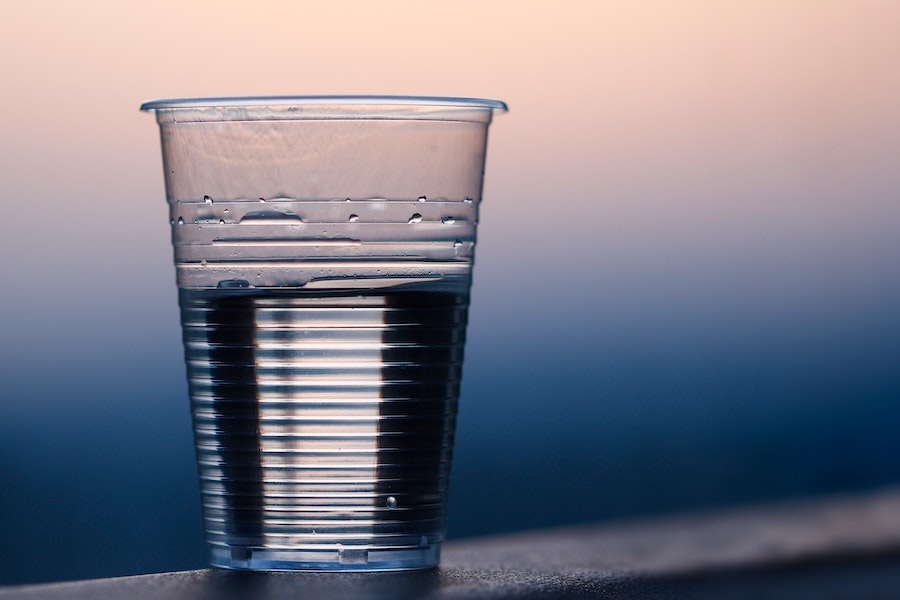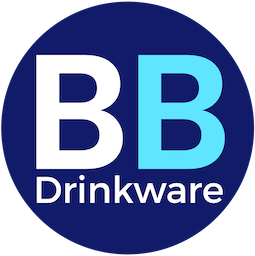
What are the differences between each plastic?
Some people may use plastic made bottles every day. They may use plastic bottles at home, at the office, at the gym, or anywhere.
What makes you choose your suitable bottles? The price? Appearance? Capacity? Functionality? Or some special meaning?
But apart from those, the most important thing should be the safety of the material.
Think about this, you use plastic bottles a lot, but are you really familiar with plastic materials? Is it safe to use?
In this article, you should know the answers.
Plastic is not a pure substance, but a material with good performance formed by adding a variety of additives from synthetic resin as raw material.
Synthetic resin is the main component of plastic. In general, it contains 40% to 100% synthetic resin in plastic. You may hear of polyethylene (PE), polypropylene (PP), polystyrene (PS), polyethylene terephthalate (PET), or polycarbonate (PC) before. Those are all plastics, but they are quite different due to their physical and chemical properties, molding processes, and added additives.
So, it is important to understand the differences between each plastic.
But how to know the specific material of a plastic container?
It’s actually pretty simple – look at the bottom of them!
There should be a triangular recycling logo with an arrow on the bottom of the plastic bottle or can. The triangle means the material is recyclable, and the number represents the specific material.
Here let me tell you the difference:
1—PET (polyethylene terephthalate)
PET is commonly used in the production of mineral water bottles, and beverage bottles.
Features: This material has a heat resistance of up to 70 °C, and it is not suitable for hot water, heating, or exposure to the sun. Otherwise, it may precipitate substances that are harmful to the human body.
Suggestion: Throw away such bottles when they are used up and do not use them as drinking water containers.
2—HDPE (High-Density Polyethylene)
HDPE is often used to make plastic containers for cleaning supplies and bath products. The plastic bags used in supermarkets are also mostly made of this material.
Features: It can withstand the high temperature of 110 °C . But it is not easy to clean, and it is easy to become a breeding ground for bacteria.
Suggestion: This kind of bottle is not easy to clean thoroughly. We better don’t reuse it. Do not use it as a drinking cup, and do not use it to contain food.
3—PVC (polyvinyl chloride)
PVC is often used to make shoes, raincoats, building materials, plastic pipes, etc., and is rarely used to make food packaging.
Features: Excellent plasticity, cheap price, and heat resistance up to 81 ℃. It is easy to produce harmful substances at high temperatures.
Suggestion: Do not use this type of plastic to pack food. If you need to use it, you should avoid being heated as much as possible during use, and never use it as a drinking cup.
4—LDPE (Low-Density Polyethylene)
LDPE is often used to make plastic wrap.
Features: heat resistance is not strong. Usually, when the temperature exceeds 110 ℃, the qualified PE plastic wrap will be hot-melting. It will leave some plastic in human body that cannot be decomposed. In addition, when the food is heated by plastic wrap, the oil in the food can easily dissolve the harmful substances in the plastic wrap.
Suggestion: When heating food in the microwave, we better remove the plastic wrap.
5—PP (polypropylene)
PP is often used to make microwave lunch boxes and drinking glasses.
Features: This material has a heat resistance of up to 130 °C, and it has good thermal stability. PP is the only plastic box that can be put into a microwave oven and can be reused after careful cleaning.
Suggestion: PP is very reliable material. You can use them with confidence.
6—PS (polystyrene)
PS is often used to make bowls of instant noodle boxes and foamed fast food boxes.
Features: it is heat-resistant and cold-resistant, but it can not be put into the microwave oven. I will release other chemical material due to high temperature. It is not resistant to acid and alkali substances, and it will decompose polystyrene that is harmful to the human body in an acid and alkali environment, which is easy to cause cancer.
Suggestion: try to avoid packing hot food in to-go boxes, and do not use packing boxes to hold acidic drinks such as orange juice. Please don’t heat fast food boxes directly in the microwave.
7- Other (PC, Tritan and PPSU)
PC: is one of the most controversial plastic. This material is easy to release harmful bisphenol A (BPA) at high temperatures. Therefore, there are fewer and fewer people using PC plastic water bottles.
Tritan: is a new generation of copolyester developed by Eastman Company. Tritan has no bisphenol A (BPA) component in the polymerization production process. Tritan has passed the FDA certification of the US Food and Drug Administration. It has better chemical resistance and higher durability than PP. It is the designated material for infant products in Europe and the United States. It does not contain any bisphenols. The heat-resistant temperature for Tritan is around 96°C. As long as it is not 100°C boiling water, it should be no problem for hot water.
PPSU: is also a safe material that does not contain bisphenol A (BPA). The heat-resistant temperature is as high as 207 ℃, so PPSU products can be repeatedly sterilized by steam. PPSU also has good drug resistance and acid/alkali resistance. PPSU is commonly used in infant feeding bottles and medical equipment.
As long as we understand the features of different plastics, plastic products are still very safe to use. In general, we will recommend PP or Tritan material. If it is a container for babies, PPSU will be the best choice.

